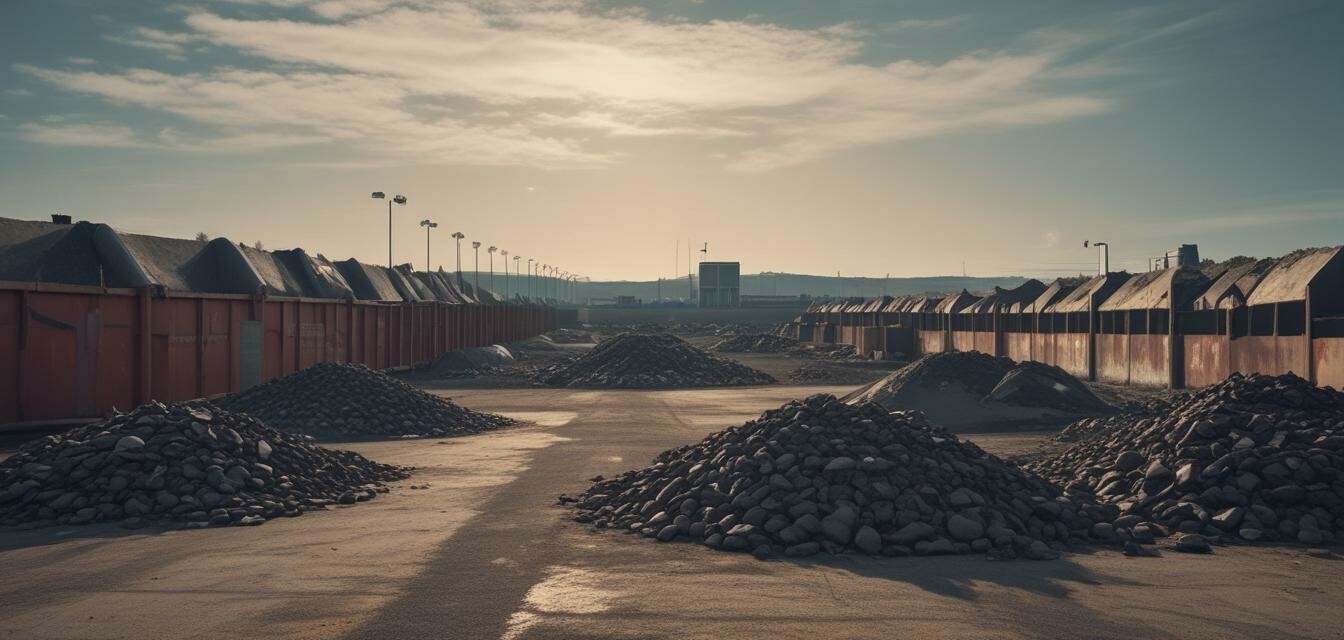
How to Properly Dispose of Old Asphalt Material
Key Takeaways
- Old asphalt can be recycled and reused, significantly reducing waste.
- Appropriate disposal methods depend on local regulations and facilities available.
- Utilizing recycling facilities promotes sustainable practices in paving industries.
- Involving professionals in disposal can ensure compliance with environmental standards.
- Correct disposal protects the environment and can also lead to cost savings.
When asphalt surfaces such as driveways, roads, and parking lots need repairs or replacements, disposing of the old material becomes an essential next step. Ensuring that this process is done responsibly not only benefits the environment but can also contribute to community sustainability. This guide provides a detailed overview of how to properly dispose of old asphalt material, focusing on recycling, waste management, and best practices to follow.
Why Proper Disposal of Old Asphalt Matters
Old asphalt is a common byproduct of many construction and maintenance projects. Improper disposal can lead to environmental damage, including soil contamination and water pollution. Moreover, asphalt is a recyclable material, and when handled correctly, it can be transformed into new asphalt or other usable products. This not only conserves resources but also reduces the need for new material production.
Methods of Disposing of Old Asphalt
There are several methods for disposing of old asphalt, including:
- Recycling: This is the most environmentally friendly option, where old asphalt is processed and reused.
- Landfills: This method involves transporting the old asphalt to a designated landfill, although this is least preferred.
- Dumping Sites: Some sites accept old asphalt for a fee and handle recycling sustainably.
- Repurposing: Old asphalt can sometimes be reused in construction projects.
Recycling Old Asphalt Material
Recycling asphalts involves breaking down the material for reuse, a crucial step towards sustainability. Here are the key aspects:
| Recycling Method | Description | Benefits |
|---|---|---|
| Hot Recycling | The recycled asphalt is reheated and reused in new pavement mixes. | Reduces the need for new asphalt production. |
| Cold Recycling | Mixes old asphalt with new materials at ambient temperatures. | Cost-effective and less energy-intensive. |
| Reclaimed Asphalt Pavement (RAP) | Utilizing crushed asphalt in new asphalt mixtures. | Greatly reduces waste and saves on material costs. |
Finding Recycling Facilities
To find recycling facilities that accept old asphalt, you can:
- Contact local asphalt suppliers who may have recommendations.
- Check with your municipal waste management regarding designated recycling hubs.
- Search online directories that list construction and recycling facilities.
- Inquire with paving contractors, who often have established relationships with recyclers.
Landfill Disposal
If recycling is unfeasible, old asphalt can be taken to landfills. Before making this decision, consider the following:
- Check local landfill regulations to determine what is accepted.
- Consider transportation costs involved in moving asphalt to the landfill.
- Plan accordingly to adhere to local waste management protocols.
Safety and Environmental Considerations
When disposing of asphalt, it is crucial to prioritize safety and adherence to environmental regulations. Here are some tips:
Tips for Safe Asphalt Disposal
- Always wear appropriate safety gear during handling.
- Ensure that asphalt is stored correctly to prevent contamination.
- Be aware of local laws regarding waste disposal to avoid fines.
- If unsure, consult with professionals who specialize in waste management.
- Look for eco-friendly options whenever possible.
Conclusion
Properly disposing of old asphalt material is not only a regulatory requirement but also a stepping stone towards sustainable practices in asphalt paving. Whether recycling, using landfills, or finding alternative methods, the key lies in emphasizing eco-friendly options. Always remain informed about local disposal guidelines and consider working with professionals to ensure compliance. Keeping our environment clean starts with responsible decisions—beginning with old asphalt.
Additional Resources
For more insights on maintaining asphalt surfaces and tools for paving projects, check out our other guides:

